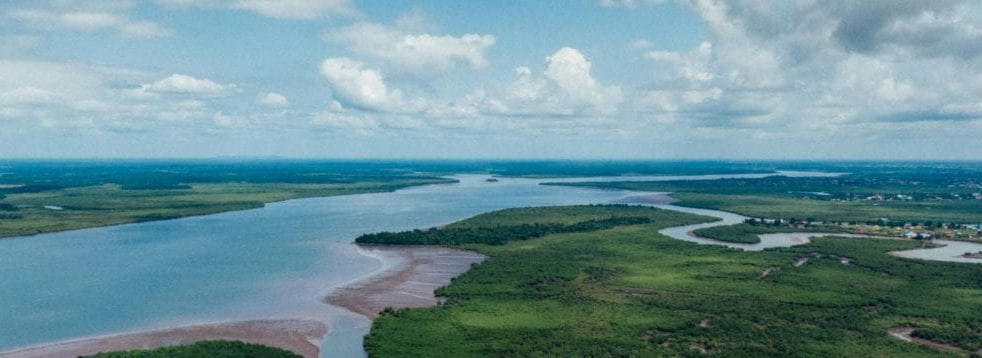Coastal Waters:
These systems range from small bays and harbors, to larger embayments (Buzzards Bay, MA; Peconic Bay, NY; Montego Bay, Jamaica), to more open continental shelf waters (to ca. 300 meters). The Program has the capability to conduct watershed loading analyses and quantify impacts of both biogeochemical (organic matter, nutrients, etc.) and toxic materials on receiving waters. Whole-ecosystem basic research approaches are utilized for evaluation of nutrient loading rates, siting of discharges and development of conservation and remediation plans to improve coastal water quality.
Wetlands:
This research area focuses on both saltwater and freshwater wetland ecology and hydrology. The program has played a central role in evaluating the impacts of nutrients and wastewater on all ecological levels (bacteria to birds) and the effects of surface and sub-surface hydrology on wetland growth and development, including research into the role of wetlands in the interception of groundwater-transported nutrients from coastal development. The program includes a unique long-term (28-year) study of nutrient enrichment of a saltwater wetland.
Groundwater:
Groundwater can be a major pathway of nutrient and chemical contamination to coastal waters. The study of the biological transformation of contaminants in groundwater systems is critical for understanding transport and transformation processes and for designing appropriate remediation measures when required.
Innovative Wastewater Treatment:
Wastewater is the major source of nutrient-related water quality problems in coastal waters world-wide. In non-urban coastal regions, on-site septic discharges account for more than half of the terrestrial nutrient inputs to receiving waters. On-site technologies are currently being developed which remove nutrients before discharge. Program staff have been working for almost a decade evaluating tertiary treatment systems of intermediate scale and on-site denitrifying septic systems for their potential use by coastal communities.

